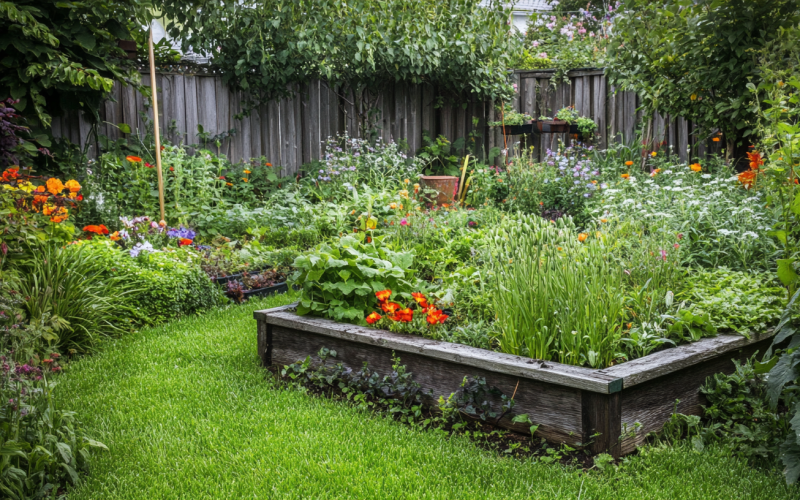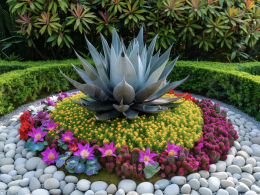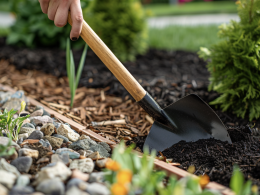Gardening has long been a cherished activity for people around the world. Whether it’s the satisfaction of growing your own food or the pleasure of beautifying your surroundings, gardening offers many benefits.
However, like all human activities, it can have an environmental impact. The good news is that gardening can also be a powerful tool for sustainability when done thoughtfully.
By adopting eco-friendly gardening practices, you can reduce waste, conserve water, and contribute positively to the environment.
In this article, we’ll explore sustainable gardening techniques, from composting and water conservation to choosing the right plants, and show you how to make your garden eco-friendly.
The importance of sustainability in gardening
Sustainability is the practice of meeting the needs of the present without compromising the ability of future generations to meet their own needs. In gardening, this means creating a system that works harmoniously with nature, minimizes waste, and uses resources efficiently. Conventional gardening methods often rely heavily on chemical fertilizers, pesticides, and excessive water use, all of which can harm the environment.
Sustainable gardening is a response to these challenges. By using eco-friendly methods, gardeners can reduce pollution, conserve natural resources, and enhance biodiversity. For instance, reducing reliance on synthetic chemicals protects soil health and supports beneficial insects and wildlife.
Additionally, sustainable gardening practices help mitigate climate change by reducing carbon emissions and promoting carbon sequestration through healthy soil management.
Today, the push toward sustainability is more urgent than ever as issues like climate change, habitat loss, and water shortages become more prevalent. Sustainable gardening not only reduces your environmental footprint but also provides a model for others to follow, contributing to a larger movement toward environmental stewardship.
In the same way that people seek eco-friendly solutions, many also look for cost-effective options in other areas, such as Canadian $1 online casino sites, which offer affordable yet entertaining opportunities. By making mindful choices in your gardening routine, you can create a green space that thrives while protecting the planet for future generations.
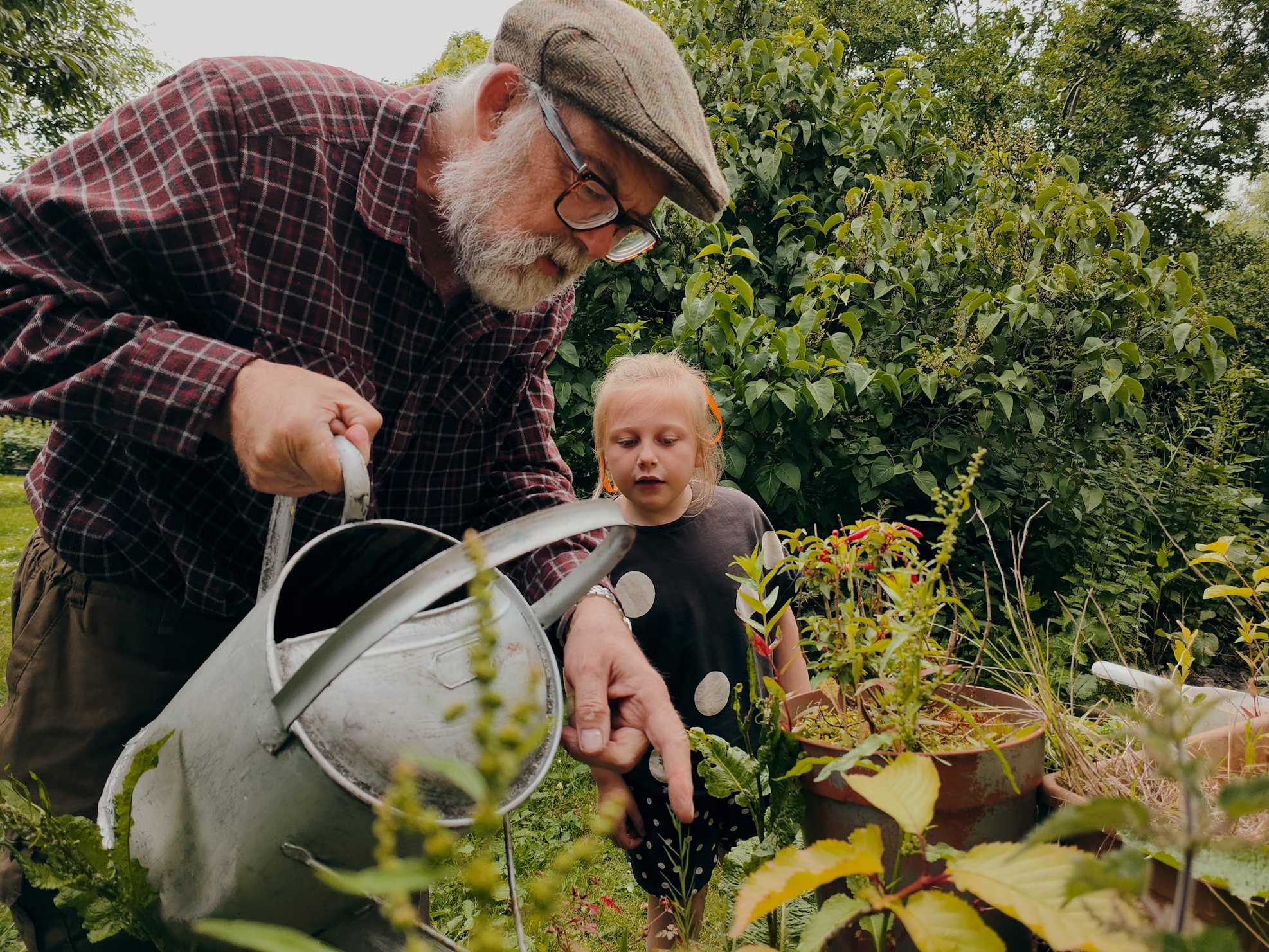
Eco-friendly practices
Implementing eco-friendly gardening practices is the foundation of sustainable gardening. There are three key areas where gardeners can have a significant environmental impact:
Composting
It is one of the simplest and most effective ways to reduce waste and improve soil health. By turning kitchen scraps, yard waste, and other organic materials into nutrient-rich compost, you can reduce the need for chemical fertilizers and keep organic waste out of landfills.
Compost enriches the soil with beneficial microorganisms, improves soil structure, and helps retain moisture. You can start a compost pile or use a compost bin, adding materials like fruit and vegetable scraps, leaves, grass clippings, and coffee grounds. Just be sure to avoid adding meat, dairy, or oily substances to your compost, as these can attract pests.
Water conservation
This is another crucial aspect of sustainable gardening, especially in drought-prone regions. Simple practices like collecting rainwater in barrels, mulching garden beds, and watering plants early in the morning or late in the evening can significantly reduce water use.
Drip irrigation systems, which deliver water directly to plant roots, are more efficient than traditional sprinklers. These systems reduce evaporation and runoff, ensuring that water is used where it’s needed most.
Organic pest control
These methods help maintain a balanced ecosystem in your garden without resorting to harmful pesticides. You can use natural solutions like neem oil, diatomaceous earth, and insecticidal soap to manage pests.
Additionally, companion planting, which involves growing certain plants together to repel pests or attract beneficial insects, is an effective strategy. For example, marigolds can deter aphids, while ladybugs are natural predators of harmful garden insects.
Sustainable tools and materials
One often overlooked aspect of sustainable gardening is using eco-friendly tools and materials. Many conventional gardening tools and products are made from non-renewable resources or contribute to pollution. However, there are many sustainable alternatives available that minimize environmental impact while maintaining quality and performance.
When selecting gardening tools, look for those made from recycled materials or sustainably sourced wood. For example, tools with handles made from bamboo or recycled plastic are great options, as they reduce the demand for virgin materials. Steel tools are long-lasting, but when possible, choose tools that use recycled steel. Also, consider investing in high-quality tools that last longer and can be repaired, rather than disposable items that contribute to waste.
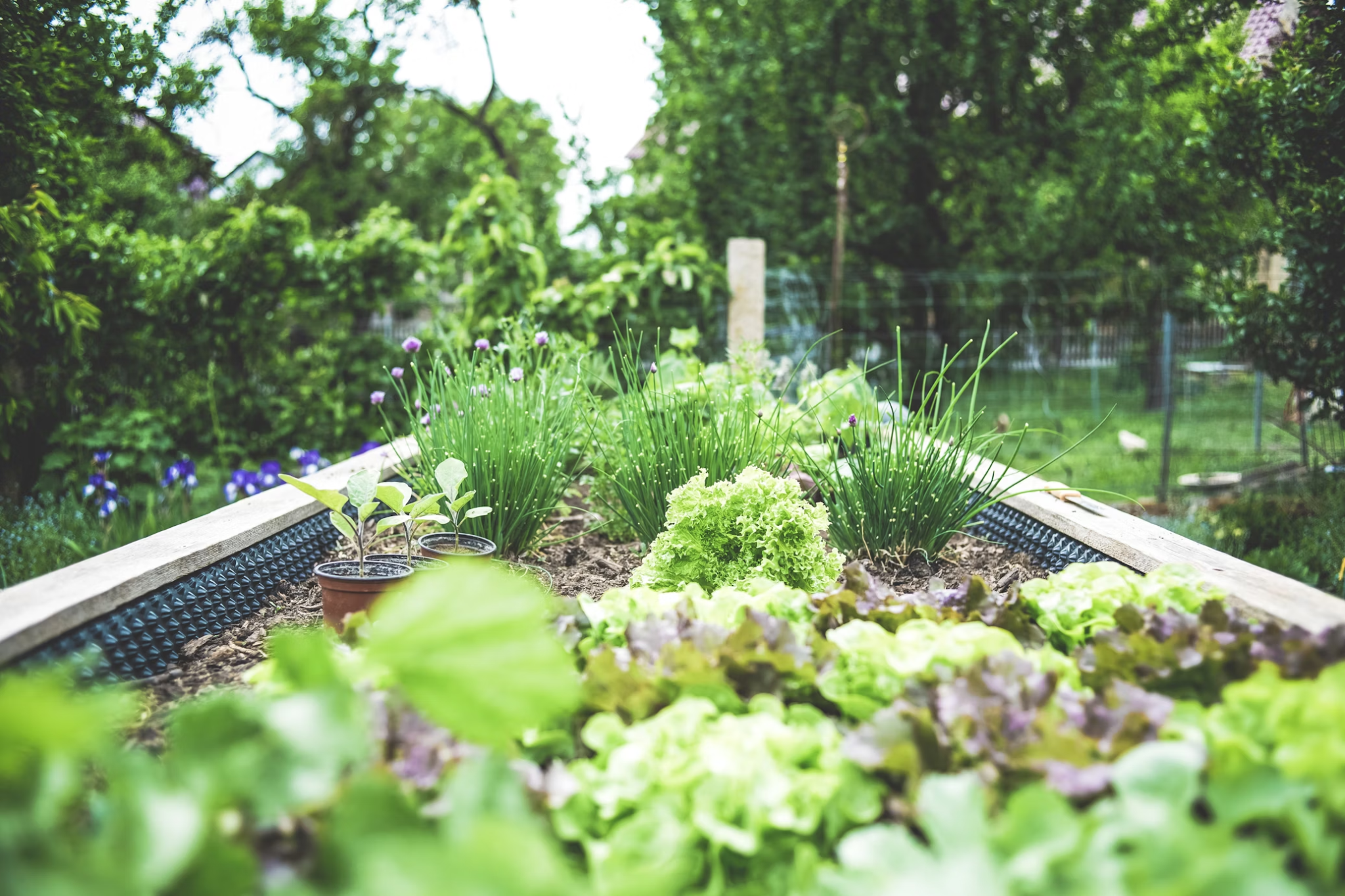
The materials used in garden products are also important. Mulches, soil amendments, and pots are often made from synthetic or non-biodegradable materials, but sustainable alternatives exist.
For example, biodegradable pots made from coconut coir, wood fiber, or even recycled paper are becoming more popular. When it comes to mulch, natural options like wood chips, straw, and leaves are better for the environment than synthetic alternatives. These organic mulches decompose over time, enriching the soil and promoting healthy plant growth.
The table below highlights some sustainable gardening tools and materials:
|
Tool/Product |
Sustainable Alternative |
Benefits |
|---|---|---|
|
Garden tools |
Bamboo or recycled plastic handles |
Reduces resource use and waste |
|
Plant pots |
Biodegradable pots (coconut coir, wood fiber, recycled paper) |
Compostable, reduces plastic waste |
|
Mulch |
Wood chips, straw, leaves |
Natural decomposition, soil enrichment |
|
Fertilizers |
Organic compost, manure |
Improves soil health without chemicals |
|
Irrigation systems |
Drip irrigation, rain barrels |
Water-efficient, reduces runoff |
Plant choices
A diverse selection of plants not only adds beauty to your garden but also helps create a balanced ecosystem. The plants you choose for your garden can have a major impact on its sustainability:
- Native plants are species that occur naturally in your region and have evolved to thrive in the local climate and soil conditions. These plants typically require less water, fertilizer, and maintenance than non-native species, as they are already well-adapted to the environment. Additionally, native plants support local wildlife, such as pollinators like bees and butterflies, by providing food and habitat. By incorporating native plants into your garden, you’re contributing to preserving local ecosystems and biodiversity.
- Drought-resistant species are another great choice for sustainable gardening, especially in areas where water conservation is critical. These plants are adapted to survive with minimal water and are often more resilient in challenging weather conditions. Examples of drought-tolerant plants include succulents like sedum and agave, ornamental grasses like blue fescue, and flowering plants such as lavender and yarrow. Planting drought-resistant species reduces the need for irrigation, making your garden more sustainable and easier to maintain.
Long-term impact
Sustainable gardening has profound long-term benefits for both the environment and your garden. One of the most significant advantages is the improvement of soil health. Practices like composting and using organic mulch enrich the soil, increasing its ability to retain moisture and nutrients. Over time, this leads to healthier plants and reduced reliance on chemical fertilizers.
Sustainable gardening also promotes biodiversity, which is essential for a resilient ecosystem. By avoiding chemical pesticides and planting various species, you create a habitat for beneficial insects, birds, and other wildlife. This biodiversity helps control pest populations naturally and ensures a balanced ecosystem in your garden.
In the broader environmental context, sustainable gardening helps mitigate climate change. Healthy, well-maintained soil acts as a carbon sink, absorbing atmospheric carbon dioxide. Additionally, by reducing water use and minimizing waste, sustainable gardens contribute to conserving natural resources.
For gardeners, the long-term rewards include not only a healthier, more productive garden but also the satisfaction of knowing that their efforts are helping to protect the planet. Sustainable practices are often more cost-effective in the long run, as they reduce the need for synthetic inputs and lower water bills.
Final say
Sustainable gardening is a powerful way to positively impact the environment while enjoying the many benefits of tending to a garden. By adopting practices like composting, water conservation, organic pest control, and choosing the right plants, you can create an eco-friendly space that supports biodiversity, conserves resources, and nurtures the soil.
The tools and materials you use, the plants you select, and the way you care for your garden all play a role in reducing your environmental footprint. While switching to sustainable gardening may require some adjustments, the long-term benefits for both your garden and the planet make it a worthwhile endeavor.
So, whether you’re an experienced gardener or just getting started, consider incorporating these eco-friendly practices into your routine. Your garden—and the planet—will thank you!





